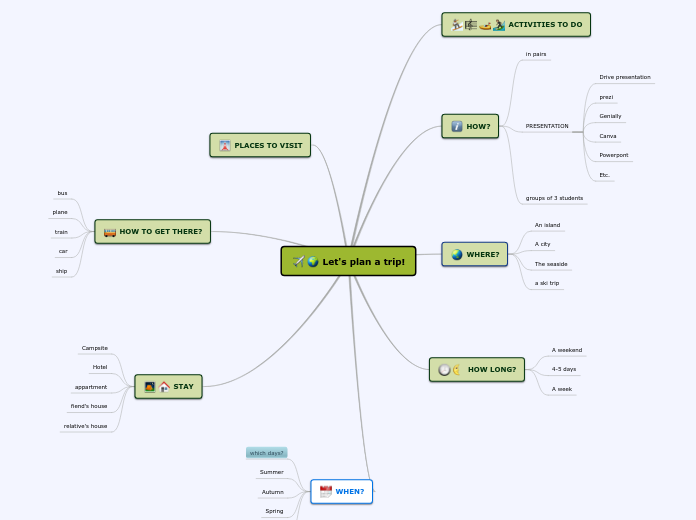по Anton Alexeyevich 6 лет назад
374
Console Logging
The document provides a detailed overview of various console logging functions in JavaScript, emphasizing their utility and how they can be employed effectively. It starts by explaining the `console.









